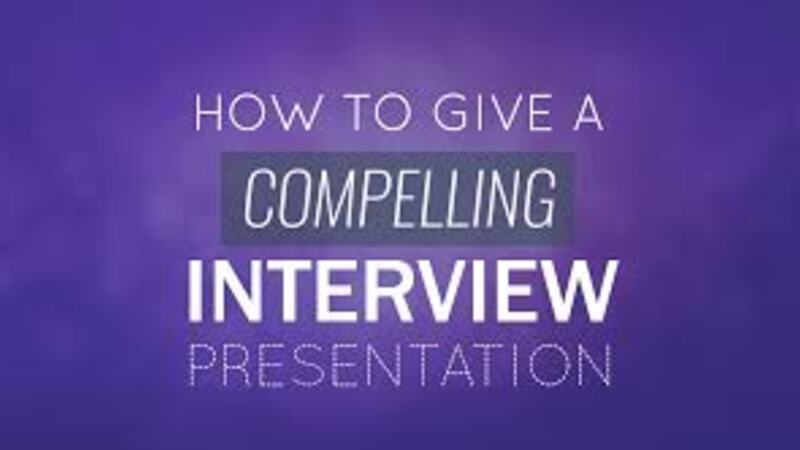PALMER MCCARTHY TOP 10 TIPS TO MAKE YOUR PRESENTATION RUN SMOOTHLY DURING AN INTERVIEW
1.Have a clear message. Think of your presentation as one half of a conversation that you will lead, rather than a monologue where you will bludgeon them with facts and statistics.
2.Manage your time. Ask your recruiter to find out in advance if questions will be asked as you go through the presentation or saved until the end. Do your research and try and predict follow up questions from the interviewers especially given their job roles and personal perspectives within the organisation.
3.Take a laptop or USB in case of any technical issues upon arrival. It is also worth emailing yourself a copy so you can access it from another device.
4.Take limited paper copies with you but do not give them out until the end as you do not want them reading ahead or not concentrating on what you are saying in the moment.
5.Know your audience and do your research. What are their job responsibilities, priorities & professional backgrounds? You can find out a lot through online research (e.g. LinkedIn) or ask others who work for and with those individuals including your recruiter.
6.Keep the interviewer(s) engaged, make them think and question. Always consider the 80/20 rule of engagement. You want to create some impact and gain attention, but that needs to be backed up by substance. So, aim for 20% of your slides and talk to be thought-provoking and challenging, and the remaining 80% to be insightful or informative.
7.Make eye contact: Connecting with your audience is essential to retain their interest and it also makes the presentation more comfortable for all involved.
8.Get them glancing. A good slide should work on the principle of ‘glance technology’, just like a billboard. Essentially you want your listener to glance, get interested and then move to you as the speaker, for greater depth.
9.Less is more. When it comes to slides, think ‘1 slide = 1 message’. This will give you greater control over the subject and any questions which may be asked during the presentation. Do remember though, not every point needs to be backed up with a slide.
10.Rehearse it through and talk naturally. Preparing on your own is fine of course, but if you have someone to listen to it in advance (or even just read through it) who is knowledgeable on the topic then ask them if you have failed to include something obvious and ensure your points or ideas are easy to understand. Ask a colleague to test you with follow up questions to see how prepared you are. Reading words off static slides is nobody’s idea of an exciting presentation - think of it as a two -way conversation as your interviewer is following your chain of ideas.
Typical follow-up questions might include:
-
Why are you recommending x option and not y?
-
What resources would be required to implement this?
-
How would you go about getting a sign on to your recommendations with key stakeholders?
-
What are the risks of this plan of action and how would you minimise them?
-
How do your recommendations fit with the organisation’s wider activities and strategies?

